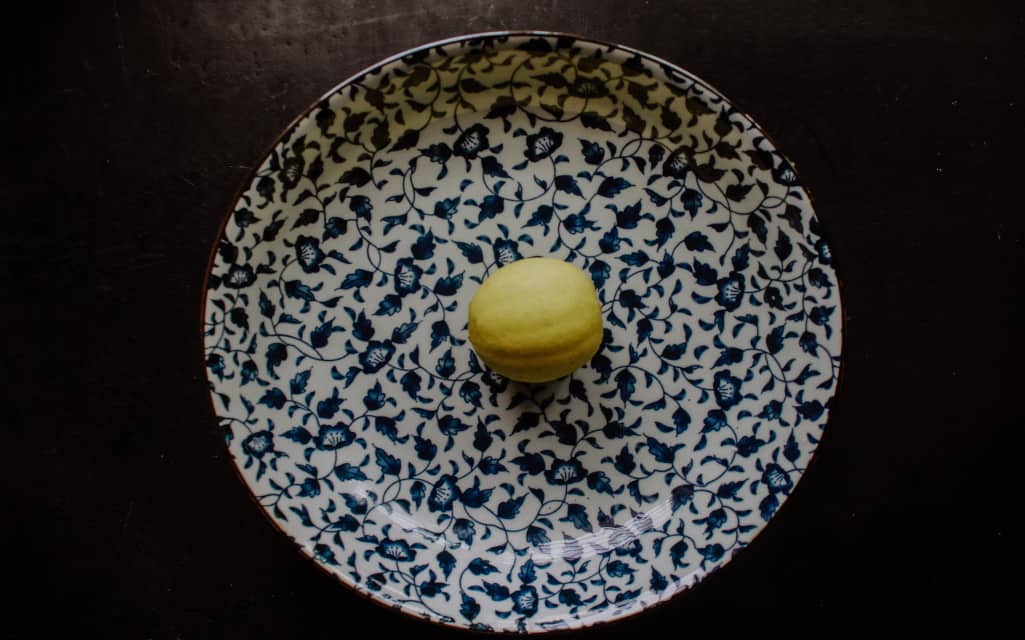In our home, we all have a dining table where we all eat our meals together. Tableware is also an essential part of the dining table. We wouldn’t be able to eat our lunch, breakfast, or dinner without them.
Tableware refers to the dishes and dishware primarily used for dining, serving, and decorating. The tableware arrangement depends on the occasion. Culture, cuisines, the number of guests, and religion play a role. Elementary offers every form of tableware in the most elegant styles while staying within your budget.
Tableware is divided into four categories:
- Serveware is a type of dish that is used to serve meals. Serving bowls, platters, salad bowls, dessert bowls, soup pots, and teapots are used to place food on the table.
- Dinnerware is a term used to describe a set of dishes that includes plates and bowls for eating. Ceramics come in a variety of shapes, sizes, and colours.
- Flatware is a term used to describe silverware. Knives, spoons, and forks have their individual uses. They’re made of steel and can come in various shapes and sizes.
Drinkware is an object that comes in the form of glasses, cups, and coffee mugs and is used to consume water or wine. They are available in various shapes and sizes depending on the occasion.
Dishware is made up of various materials, including wood, silver, gold, glass, plastic, acrylic, and pewter. Dinnerware sets were traditionally manufactured of clay and ceramic materials in previous ages. Ceramic is a solid, non-metallic substance used to make tiles, bricks, plates, and glasses.
What is the definition of ceramic tableware?
Ceramic ware refers to plates or dishware made of ceramic materials. Examples of ceramics include pottery, terracotta, fine china, bone china, porcelain, glazed earthenware, paper clay, and stoneware. Cutlery, glasses, plates, bowls, mugs, vases, and other culinary objects used for cooking, serving food, and adorning the table make up tableware.
Ceramic tableware has been used since the dawn of civilization. They also prefer to cook in ceramic pots and pans. This is because ceramic is the healthiest of all the materials. In addition, ceramic goods are non-porous and safe to use.
The top ten benefits of using ceramic tableware
Clay is burned at high temperatures to make ceramic. Ceramics can be found almost anywhere. In everyday life, ceramic goods are used. If you’re looking for a ceramic platter online, EK is here to serve with the best quality of product. Baking and roasting can also be done with ceramic cookware. Most consumers favour ceramic cookware since it can be used for dry and wet cooking.
A few of the benefits are as follows:
1. Health-friendly
Ceramic has been used for millions of years and is healthy and food safe. In addition, the chemicals that make up ceramic are non-toxic.
2. Heat-resistant
Ceramic dishes can withstand high temperatures. Food can be prepared on the stove, microwave, or oven. This is because the product’s porcelain (the ultimate material of all materials) ensures a uniform heat dispersion to the gas chambers. Before you buy, check if the utensil is heat resistant.
3. Durability
Porcelain dinnerware is well-known for its long life. Porcelain is resilient and non-porous because it is fired at a high temperature. Make sure the ceramic tableware you buy next time contains porcelain.
4. Non-sticky
Ceramic crockery has been demonstrated to be non-sticky. They feature a smooth, crystalline quality that makes dishwashing a breeze. Whether making a meal or cooking a dish on ceramic cookware, the utensil is spotless. Furthermore, they are pretty simple to clean with simple soap and water.
5. Versatile
Porcelain tableware comes in a variety of shapes, sizes, and colours. You can arrange them on the table differently depending on the occasion and cuisine.
6. Several solutions are available, and they are all reasonably priced
Ceramic tableware is available in various shapes, sizes, and colours. Porcelain, on the other hand, is regarded to have the best qualities of all the materials. As a result, you can choose the best or most elegant style for your table at a low price. Porcelain dinnerware used to be expensive, and only nobles and the wealthy could afford it. However, as techniques have progressed and new processes have emerged, tableware has become cheaper.
7. It is free of vinyl and chemicals
Chemicals and plastics have the potential to harm our health. These are potentially detrimental to our health. These compounds can be found in food storage containers and various home and construction items. On the other hand, some ceramics are chemical-free and may be an excellent choice for you.
8. Unlike plastic, it does not absorb chemicals
Ceramic items are non-porous and do not absorb chemicals due to this feature. On the other hand, the chemicals in plastic dinnerware might combine with the food, posing a health risk.
9. Thermodynamic stability
Ceramics have relatively stable thermodynamics, which prevents heat from escaping quickly. As you may know, our food does not easily burst when subjected to abrupt quenching changes caused by temperature fluctuations. Ceramics also have a low heat conductivity. As a result, heat transfer is relatively low compared to glass, steel, and other metal utensils. As a result, dinnerware is noted for being able to keep boiling water and hot meals for an extended period.
10. Stability of chemicals
Porcelain has a specific resistance to alkalis, acids, salts, and carbon dioxide in the atmosphere, all of which might injure a human body inside if consumed regularly.
These compounds have low reactivity with ceramic tableware, preventing it from rusting and ageing. This feature also demonstrates the superiority of ceramics over metals such as aluminium, copper, and iron.



